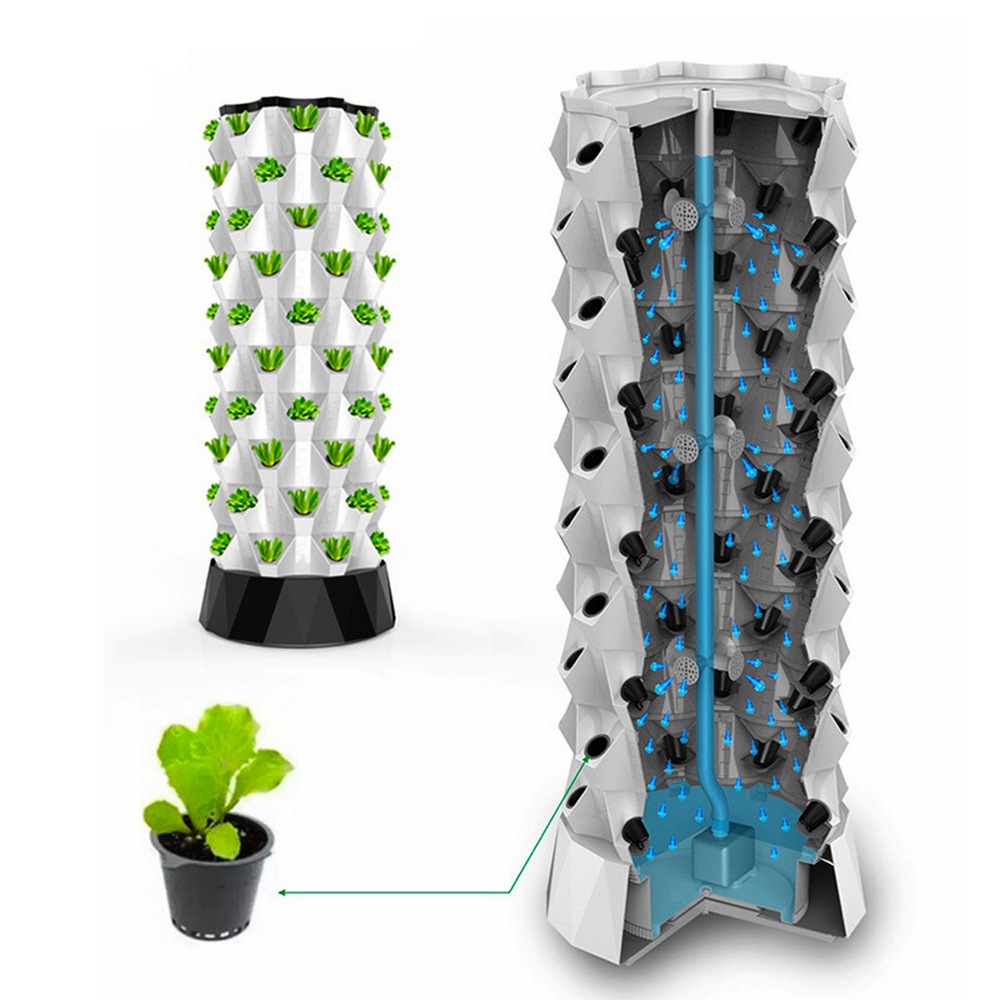this post was submitted on 26 Jun 2023
276 points (98.3% liked)
Solarpunk
5450 readers
50 users here now
The space to discuss Solarpunk itself and Solarpunk related stuff that doesn't fit elsewhere.
Join our chat: Movim or XMPP client.
founded 2 years ago
MODERATORS
you are viewing a single comment's thread
view the rest of the comments
view the rest of the comments

Agricultural researcher here, working in this field (hydroponics, aquaponics, vertical farming) for approx nine years.
Here is my TLDR:
The comparison "traditional agriculture vs vertical farming" is misleading. Water saving and many other benefits come from hydroponics and crop protection (CEA - Controlled Environment Agriculture aka greenhouse). So a more accurate comparison has to be "CEA vs vertical farming".
Plants consume light. Seven photons for one photosynthesis reaction (one sugar molecule). One Mol photons (or more) for one gram dry biomass. Artificial light is very space inefficient compared to just using natural light for the plants. 23% efficiency for photovoltaic cells, 50% efficiency for LED light and some losses for transformation and transportation of electricity. In total when lighting the growbeds with electricity from photovoltaics for each square meter of growbed, ten square meters of PV-modules is needed somewhere else. I fail to see the space efficiency argument of vertical farming unless we are using nuclear for generating the electricity. Total efficiency losses of artificial lighting are >80% compared to using natural light, leading to a huge carbon contribution. This alone is not sustainable.
In CEA, and thus in vertical farming also, we are mainly producing leafy greens, herbs and other vegetables. This is known as horticulture. Taking a look at statistics of the products of agriculture it can easily be seen, that the staple crops, grains and tubers, are by far (!) the major products. These can not be replaced by CEA production. And these are actually supplying the calories to feed the people. The amounts of agricultural area dedicated to these crops dwarf the horticultural production.
My takeway: VF is by no means a solution of the challenges we are facing in agriculture. Energy demand of the plants for lighting can not be optimized away, and thus will remain a major cost driver. IMHO the vertical farming industry is creating a hype aiming to harvest and burn venture capital. Recently Aerofarm filed for chapter 11 and also the company Infarm is broke. These were the poster childs of this industry.
Except for very specific niche applications to me VF does not make sense.